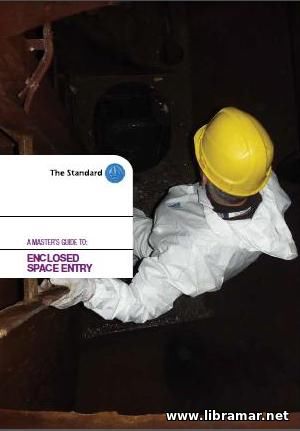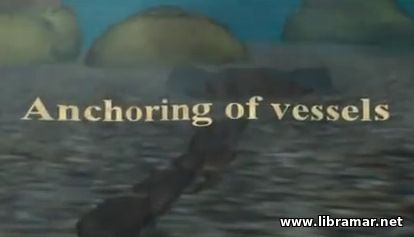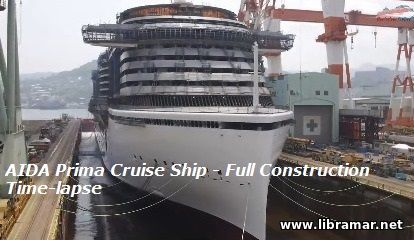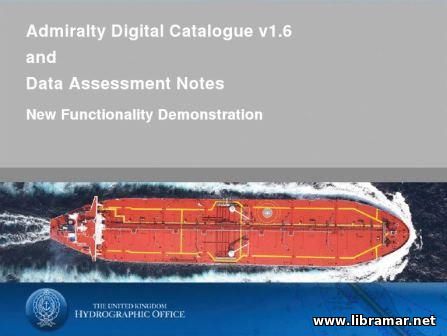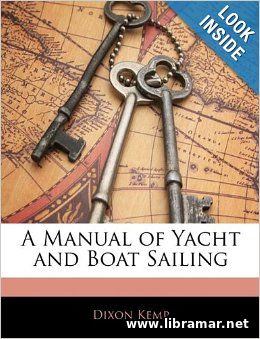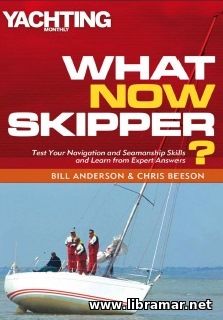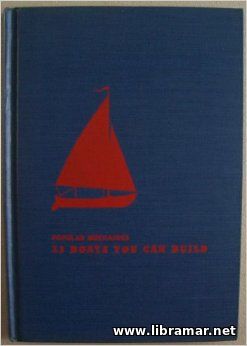
This nice guidance for the boat builders with a quite self-explanatory title was compiled and released by the editors team of the world famous Popular Mechanics Magazine who have spent so much of their time and efforts trying to choose the boats to be included in those twenty-three.
The boats that can be constructed according to the plans, sketches and drawings provided in the present publication, are currently in operation in various parts of the United States. The building instructions are given in a very easily understandable way. This book will definitely suit both beginner and experienced boatbuilding enthusiasts; however, people who never dealt with the building of the boats before, would better familiarize themselves with the contents of the chapter nine called "Build Your Boat Right".
The editors of the book do believe that it will offer something to tempt all lovers of boatbuilding and boating. The readers just have to choose their favorite type - for example, sailboat, ice yacht, cabin cruiser, kayak etc. - and follow the clear, simple and perfectly illustrated instructions. Be sure that the kind of boat you would like to have is there in this book - find it and try to build - it is not that difficult.
